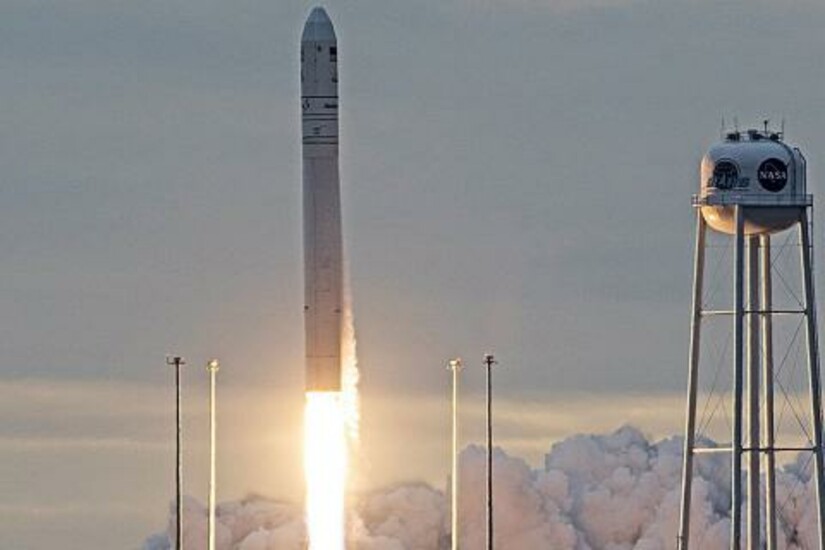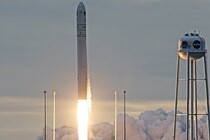Draper Guides Cygnus to Eighth Cargo Mission to Space Station
CAMBRIDGE, MA—The Cygnus spacecraft launched Nov. 12, embarking on its eighth cargo resupply mission to the International Space Station. Using maneuvers enabled by software developed by Draper, the Orbital Sciences Corp. Cygnus spacecraft is scheduled to arrive at the International Space Station Tuesday, November 14.
The Cygnus spacecraft will deliver more than 7,400 pounds of cargo, including new science and technology investigations, to the International Space Station orbital laboratory to support the Expedition 53 and 54 crews. According to NASA, “the new experiments will include studies on antibiotic resistance, high-speed data transmission, plant growth and improved power and communication technologies.”
The NASA cargo delivery flight to the station launched at 7:19 a.m. EST on an Antares rocket at NASA’s Wallops Flight Facility in Virginia. Cygnus will remain at the space station until Dec. 4, when the spacecraft will depart the station and deploy several CubeSats before its fiery re-entry into Earth’s atmosphere as it disposes of several tons of trash.
https://www.youtube.com/embed/_5uhDWAR88Y
Draper developed the guidance, navigation and targeting software, and provided the fault-tolerant computer design for the Cygnus. Additionally, Draper developed the software that enables the Cygnus spacecraft to rendezvous and berth with the International Space Station. This is the fifth flight of an enhanced Cygnus spacecraft, and the second using Orbital ATK’s upgraded Antares rocket.
Released November 14, 2017










